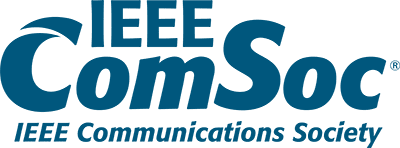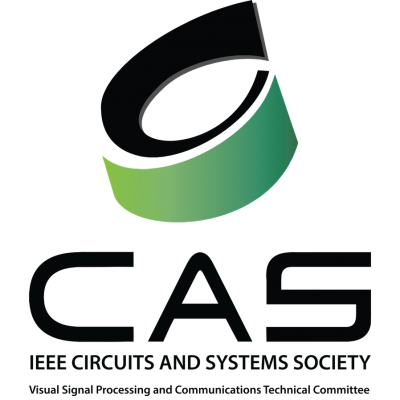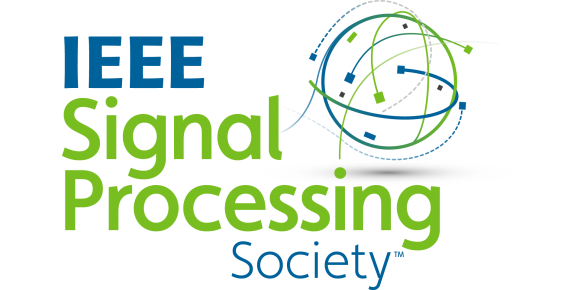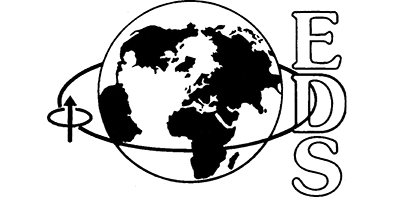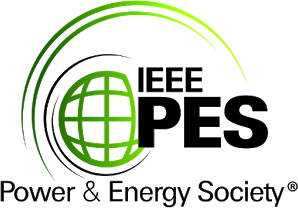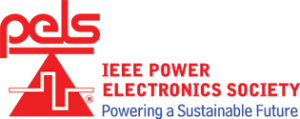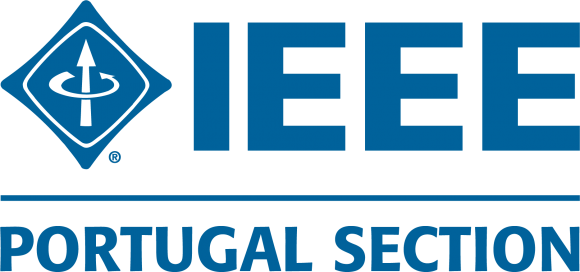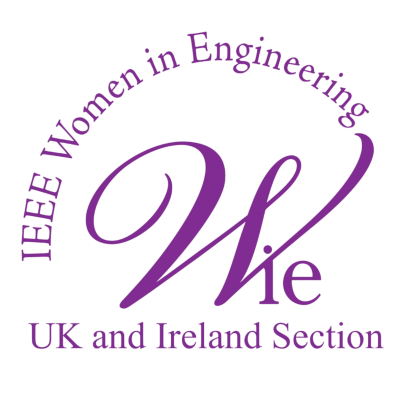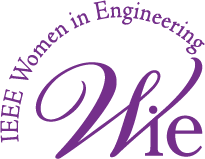Vertical Track: Space
Track ID: Vert-01
Description
The last few decades have seen significant investments in space based assets and accompanying operational deployments of new space systems. This trend has been driven by technological advances that have significantly lowered the costs of launch, the cycle time, and economics of manufacturing satellite systems, and greatly increased the capabilities of satellite based communication and sensors. Part of the advance has come from the continued miniaturization of key satellite components that support satellite services for sensing, computing, data storage, and for communications. It has also included advances in earth based terminals that can economically support communications with low and high bandwidth satellite services. Today, satellites fill an important role in IoT by providing sensing data and networked connectivity with ubiquitous coverage of the earth’s surface. This includes coverage of the oceans, seas, and lakes which comprise ~ 70% of the earth’s surface and the large fraction of the earth’s land area not served by terrestrial systems. That coverage is provided by dense low earth orbit (LEO) arrays and purpose built Small Satellites, intermediate medium-earth orbit satellites (MEO) that include timing and location services for IoT, and large geosynchronous orbit (GEO) satellites capable of large bandwidths and sophisticated observation systems.
Another other dimension is the push for exploration of our solar system and of the cosmos where the IoT faces the need for reliable communications with increasing demand for bandwidth. This is driven by the requirements for returning data from higher resolution sensors and at the same time supporting the operational needs of complex systems installed on bodies under exploration – asteroids, moons, and planets. The challenge here is that the algorithms we use to control the Internet do not work well with the communication latencies experienced over planetary distances. Lastly the use of IoT is important for maintaining and controlling the “great observatories”, such as the Webb Telescope, that are parked far from earth where they can be free from background noise and interference.
Sessions
Session 1: Where the Internet of Space meets the Internet of Things. This session is devoted to overview presentations describing current and projected capabilities of space based assets to provide basic and advanced infrastructure services, sensing, and communications capabilities.
Session 2: Exploration of the Earth, the Solar System and Deep Space. This is all about the Internet of Space for supporting and servicing space based operations and space missions that are focussed on a better understanding of our planet and the forces and events that shape the solar system and the cosmos.
Session 3: Satellite Technologies for Sensing and Communications Addressing passive and active IoT sensor networks as well as communications and service capabilities for terrestrial applications and solutions. This includes specific devices, instruments, and techniques, architectures, and methods for cooperative sensing by large satellite arrays, the accompanying architectures for data analysis and processing, and the control and management of space assets.
Session 4: The role of space in maritime operations. A focus on use cases that range from maritime situational awareness to tracking of specific activities, safety and warning systems, rescue operations, identifying natural events, and lastly support for commercial activity.
Session 5: Shared successes, results, and challenges from Space based IoT solutions. An exchange of experiences from actual deployments and accompanying activities that support IoT solutions over a wide range of applications. These may include protection of wildlife, the impact of lidar/radar mapping on archeology, hyperspectral and lidar sensing for agriculture, operations for extraction of natural resources, servicing large wind or solar farms, logistics, and tracking of airborne platforms such as aircraft, balloons, and unmanned aerial vehicles.



